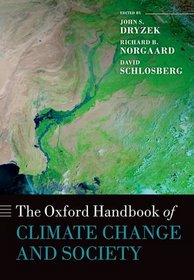Greenhouse Gas Mapping Gets Down To Street Level

Article written by guest writer Kecia Lynn
What’s the Latest Development?
Scientists at Arizona State University have developed a new software system, Hestia, that “combines extensive public database ‘data-mining’ with traffic simulation and building-by-building energy-consumption modeling” to give cities clear and detailed information about where carbon dioxide emissions are occurring. Currently the system has been applied to the city of Indianapolis, and will eventually be used to examine Phoenix and Los Angeles. Ultimately the team behind Hestia would like to map all American major cities, which together account for a quarter of emissions worldwide.
What’s the Big Idea?
Arizona State professor Kevin Gurney says simply, “You can’t reduce what you can’t measure…Hestia offers practical information we can use to identify the most cost-effective ways to reduce emissions and track progress over time.” With the data generated by the system, policymakers can also create and apply legislation towards mitigation and prevention as well as greener solutions. Geopolitics come into play as well: The ability to independently verify emissions reductions may remove one barrier currently preventing the United States from joining an international climate change treaty.
Photo Credit: Shutterstock.com





